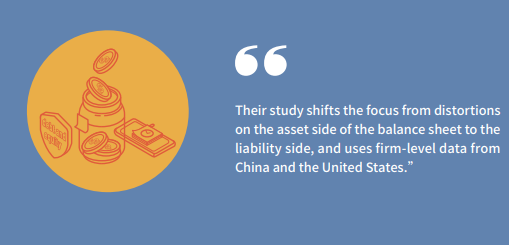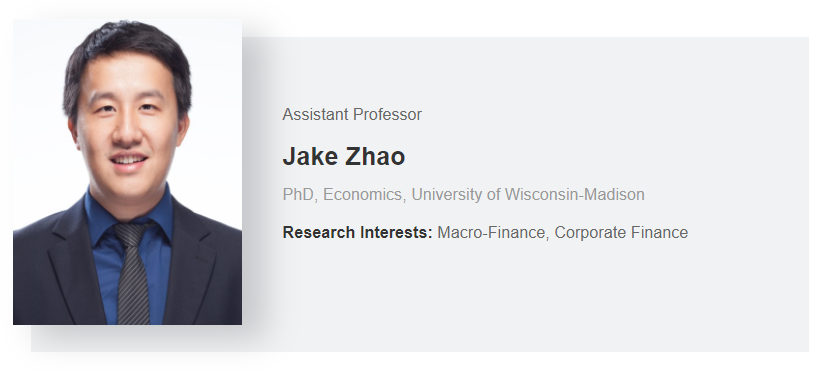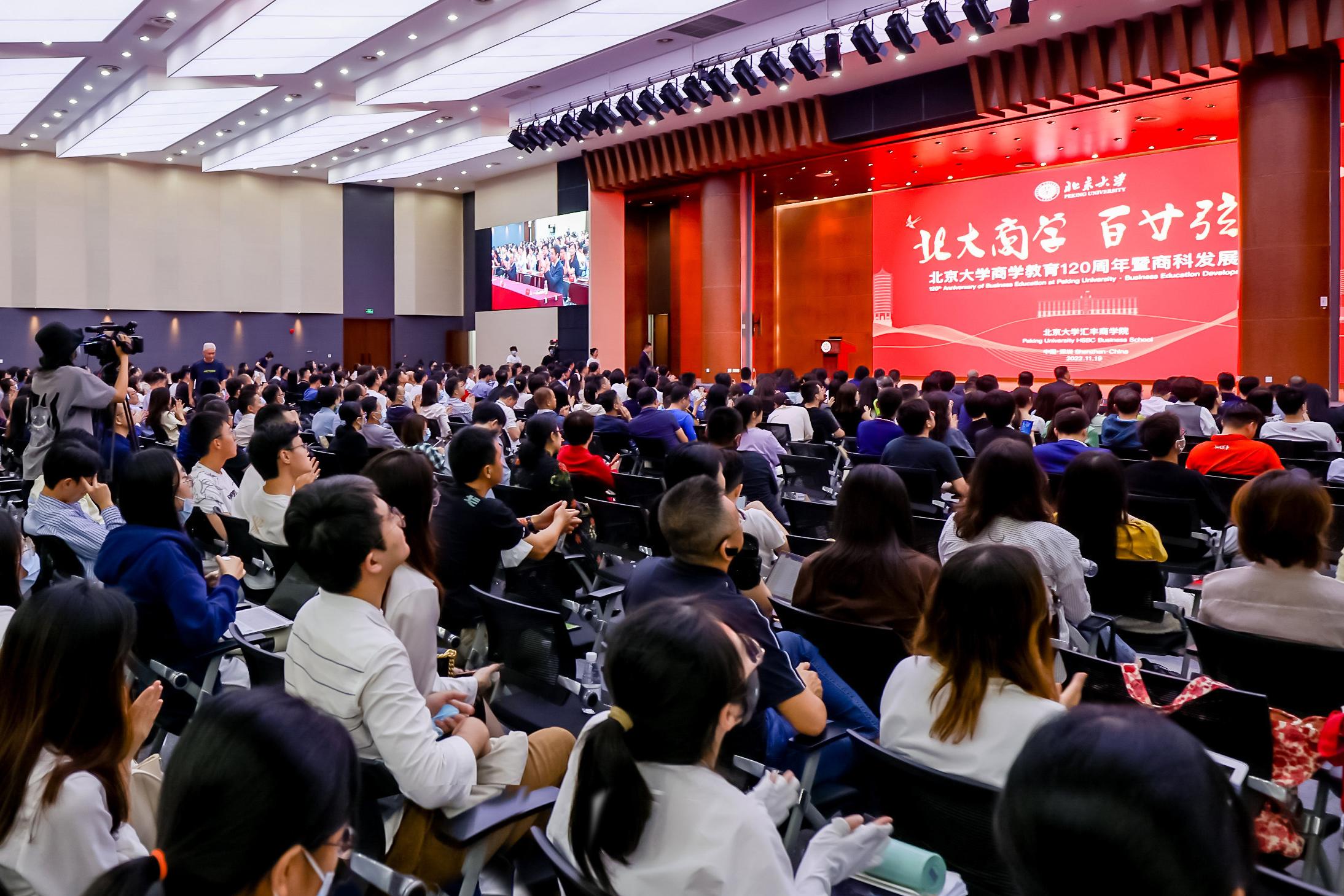The paper “The Misallocation of Finance” by Assistant Professor Jake Zhao, Peking T University HSBC Business School, shifts the focus from distortions on the asset side of the balance sheet to the liability side, and uses firm-level data from China and the United States. The paper was published by
The Journal of Finance, a top international finance journal, in the October 2021 volume.The collaborator for the paper is Professor Toni M. Whited from the University of Michigan and the National Bureau of Economic Research.
The key idea of Whited and Zhao (2021) is that firm capital structure may tell us something about how efficiently resources are allocated. Static or dynamic trade-off models, contingent claims models, dynamic contracting models, debt overhang models, agency conflict models, etc... can all generate real inefficiencies with large dispersions in leverage ratios. Prior work by Hsieh and Klenow (2009) determined the amount of misallocation in a country by analyzing inefficiencies originating from capital and labor. However, empirically, capital and labor may be poorly measured and aggregated. Many firm observations simply do not have data on labor at all. An advantage of Whited and Zhao's methodology is that it can be applied to a wide range of samples and almost any firm-level data can be used.

In the Whited and Zhao framework, at an optimal social planner’s allocation, the marginal contributions of debt and equity finance to nominal value-added are equal across firms in a sector. Empirically, distortions are inferred by observing deviations from this first-best allocation. These deviations manifest as differences (relative to the model) in debt-equity ratios across firms in a sector. Because distortions in these allocations lower productivity, large differences imply poorly developed financial markets and large potential gains from the reallocation of finance. The model also allows for a frictionless Modigliani-Miller world with Modigliani-Miller prices as a baseline.
It should be emphasized that the primary aim of the study is measurement, but the authors also show that a class of dynamic capital structure models can produce similar results. This means that the methodology by Whited and Zhao can proxy for the debt and equity reallocation gains generated from much more complex and difficult to estimate dynamic models of capital structure.
Ultimately, Whited and Zhao find that reallocating liabilities of firms in China to mimic U.S. efficiency would produce gains of 51% to 69% in real value-added, with only 17% to 21% stemming from inefficient debt-equity combinations. They are also able to back out the shadow costs of debt and equity, and report that large Chinese firms and those located in developed cities have significantly lower financing costs.

















